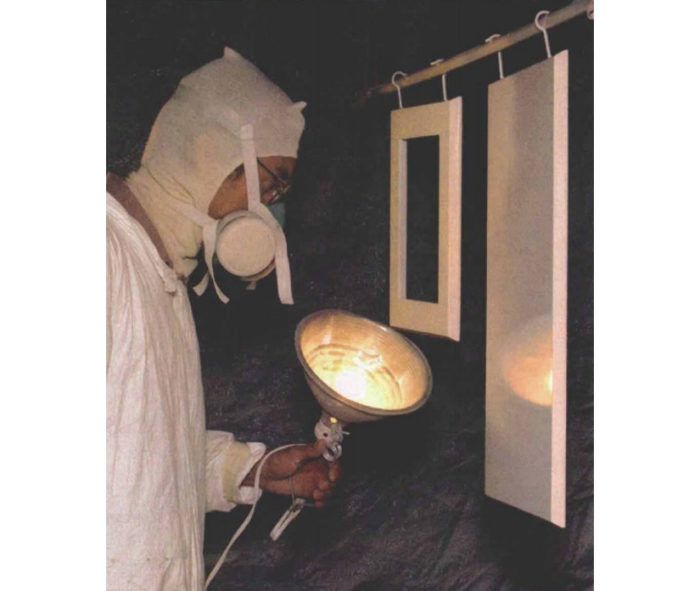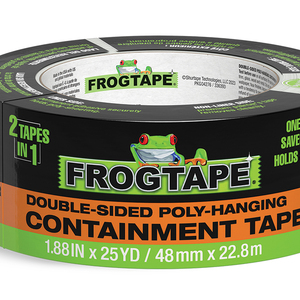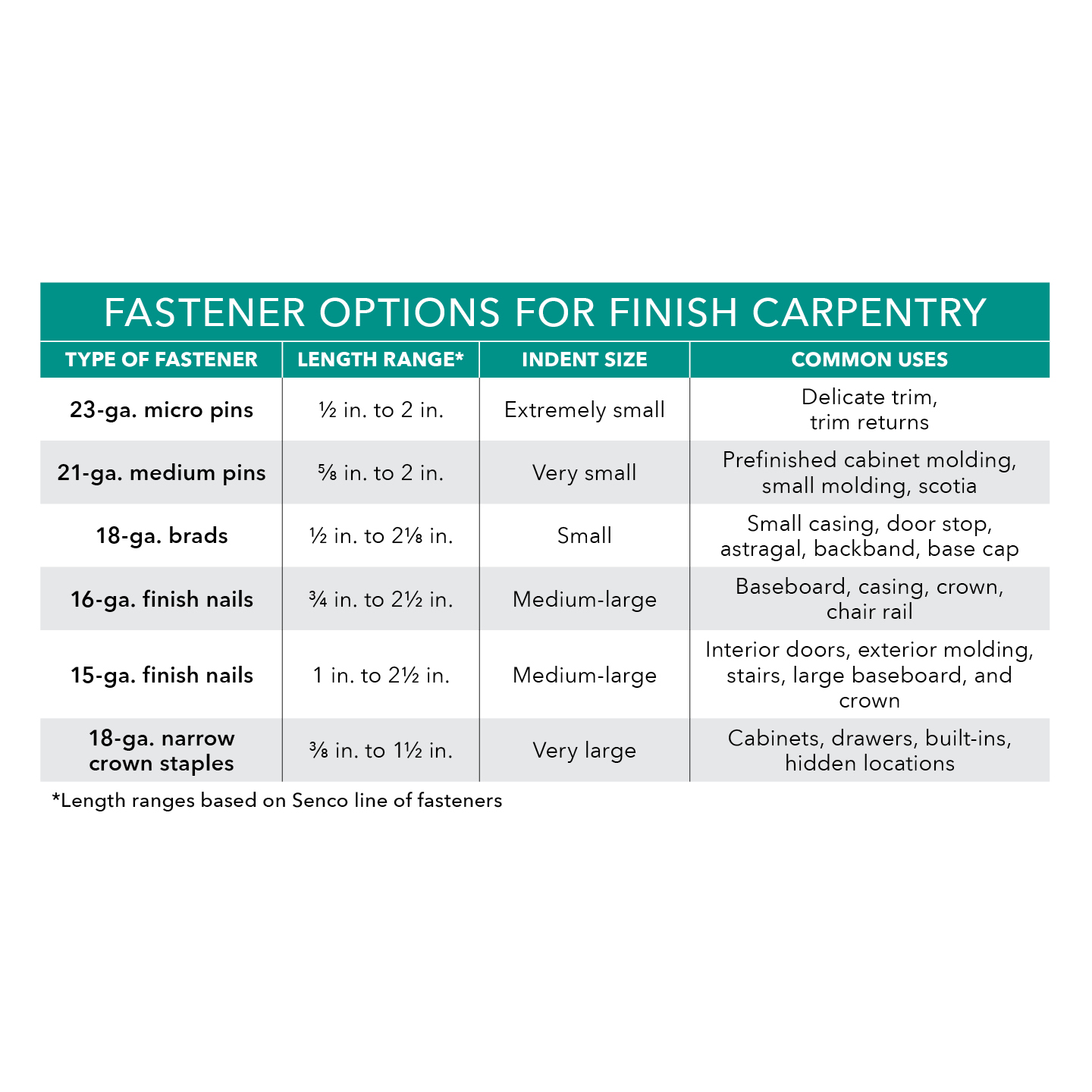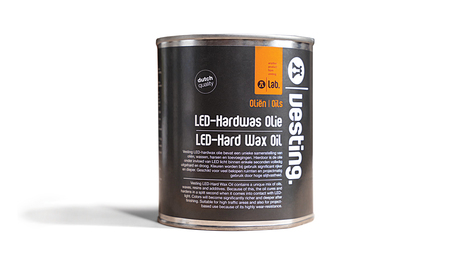Repainting Kitchen Cabinets
A rentable sprayer and good surface preparation are keys to a new-looking kitchen.

Synopsis: Two painters make the case for refurbishing kitchen cabinets instead of replacing them. They discuss paint choices, cabinet preparation, and spraying techniques, with a list of product recommendations for paint and fillers.
The kitchen can be the focal point of a house, and the cabinets are the focal point of any kitchen. But because of the expense and trouble of a kitchen remodel, people often live with dark kitchens whose weathered walnut stain or avocado-colored paint is way past its prime. Focal point, indeed.
I sometimes work with Bob Heidt, a painter who does a brisk business repainting kitchen cabinets. Repainting is much less expensive than a full-blown kitchen remodel. An average kitchen has 25 doors and 10 drawers. We can change it from dungeon to showplace with $200 in tools, tarps and paint; about 60 hours of labor; and a high-volume low-pressure (HVLP) sprayer. Compare that with the thousands of dollars that new cabinets alone can cost. Here’s how we do it.
We prefer latex to oil-based paint
Most older cabinets have an oil-based finish, a longtime favorite because of its hardness and durability. Now, though, there are acrylic-latex paints that rival oil-based paints. All latex paints contain acrylic resin/binders, and the best latex paints have 100% acrylic binders. Latex paint is faster drying, less toxic and easier to clean up. We use it almost exclusively. A good primer-sealer between an existing oil-based finish and a high-quality latex top coat brings excellent results.
It’s usually best to use the same brand of paint for every coat to ensure compatibility between the primer and top coats. Whichever paint you choose, however, don’t skimp on quality. An HVLP uses about 1 gal. of paint to put four coats on 25 cabinet doors, and top-quality paint usually costs less than $30 per gallon. It takes only a few extra dollars to buy quality paint that covers better and lasts longer.
Repainting well-maintained cabinets with a similar color requires one coat of primer and two coats of finish. But that’s an unusual situation. A typical job involves applying a lighter-color paint over a darker paint or stain, or painting dinged and dented cabinets that require extensive patching. In these cases, figure on one primer coat and three finish coats.
Consider just how big the cabinets are before painting them in bold colors such as magenta or Key-lime green. Cabinets dominate most kitchens by virtue of their size, and painting them in bold colors will likely overwhelm the room. Bold colors usually work best as accents.
For more photos and details, click the View PDF button below:


























